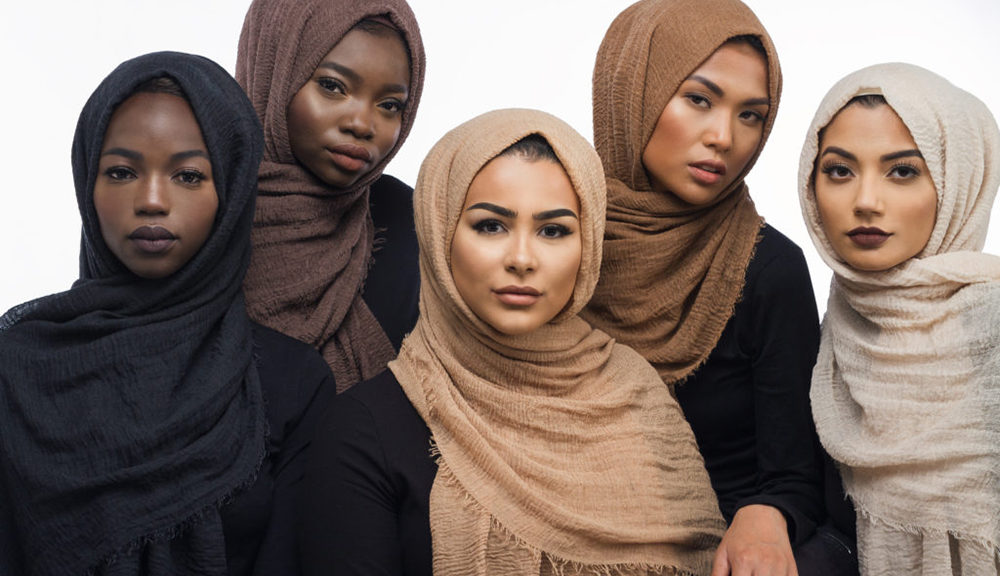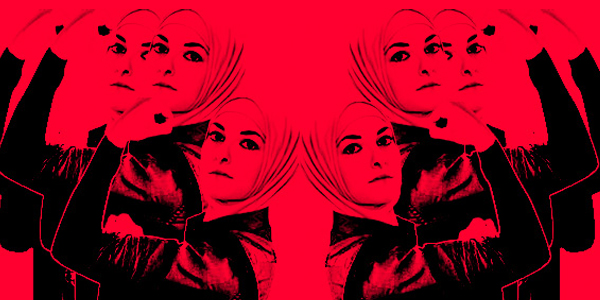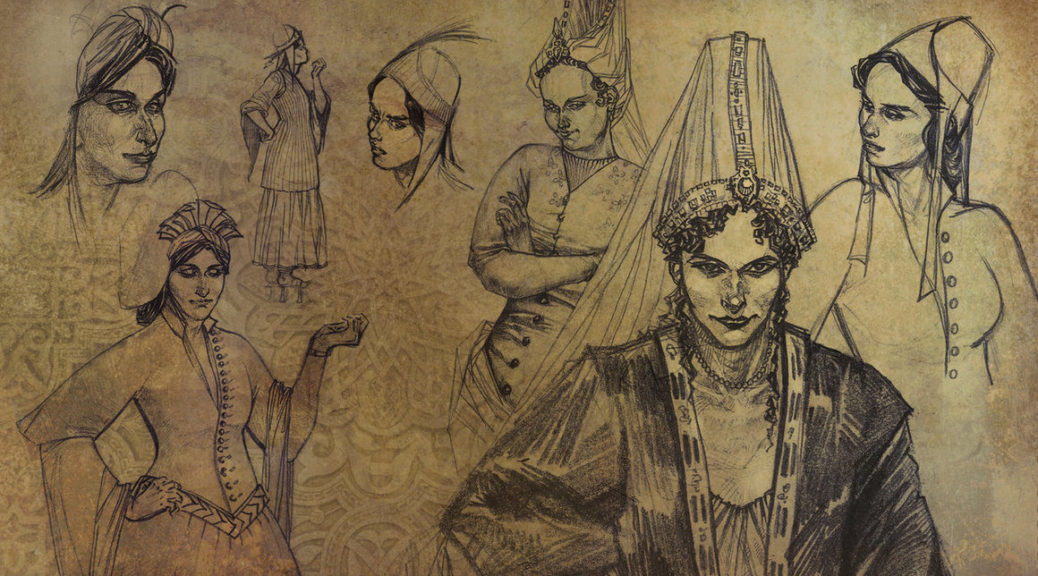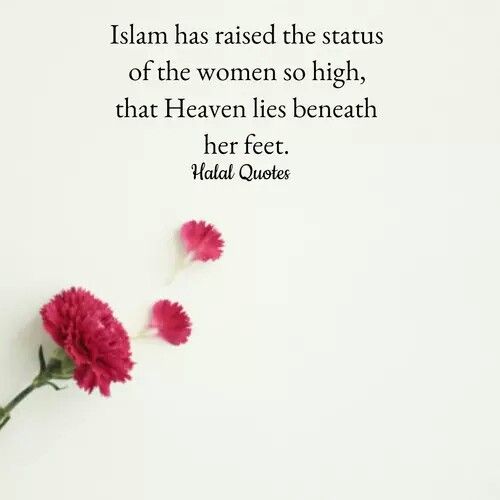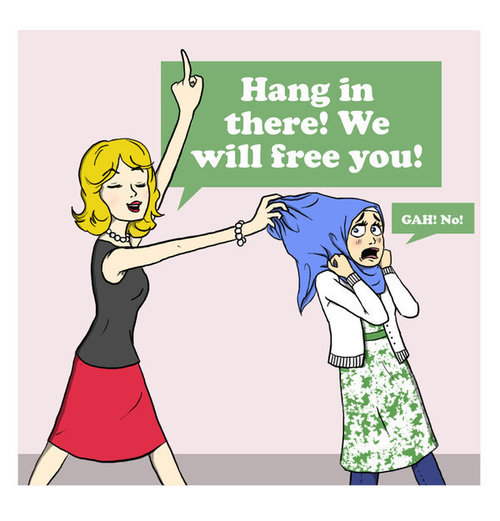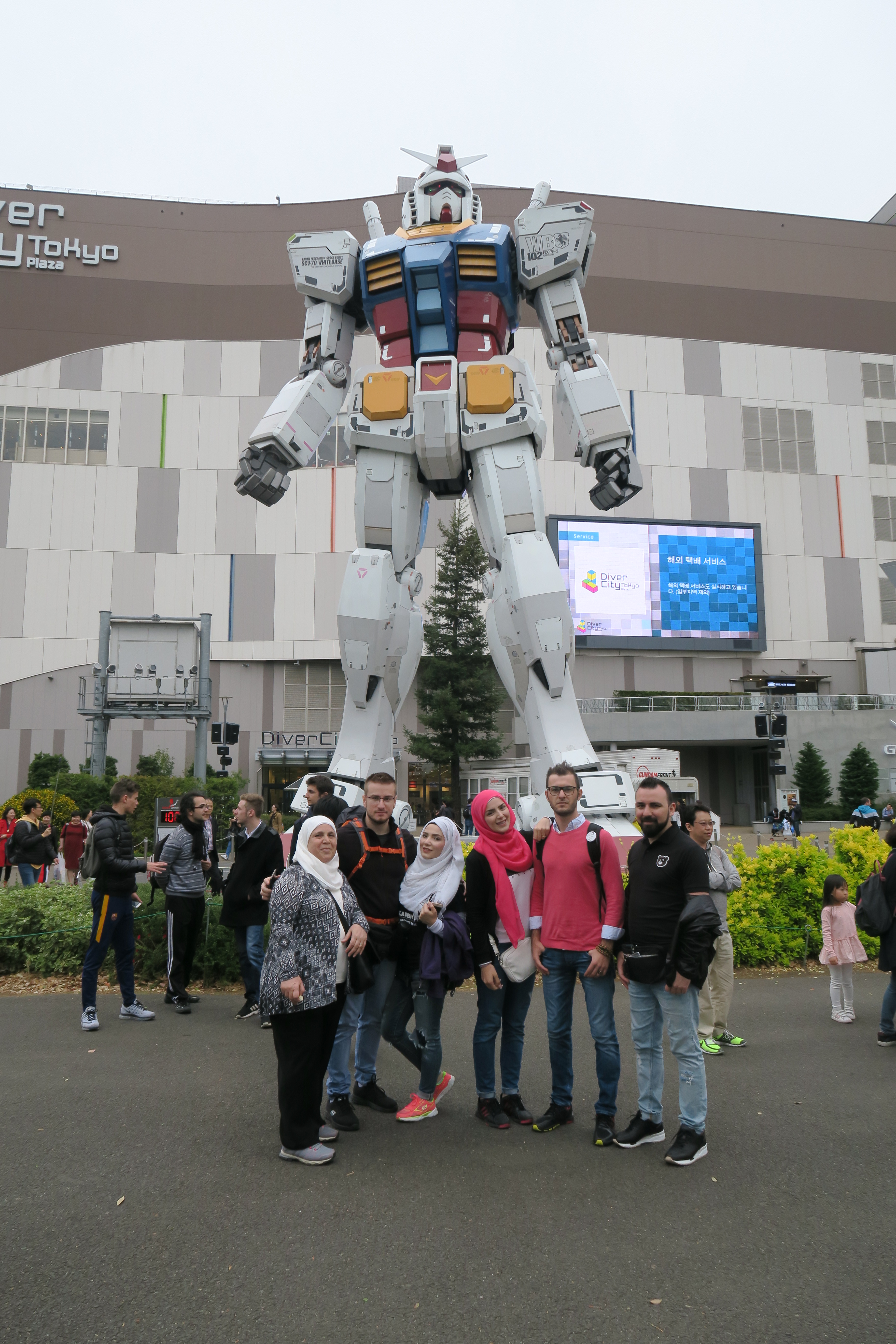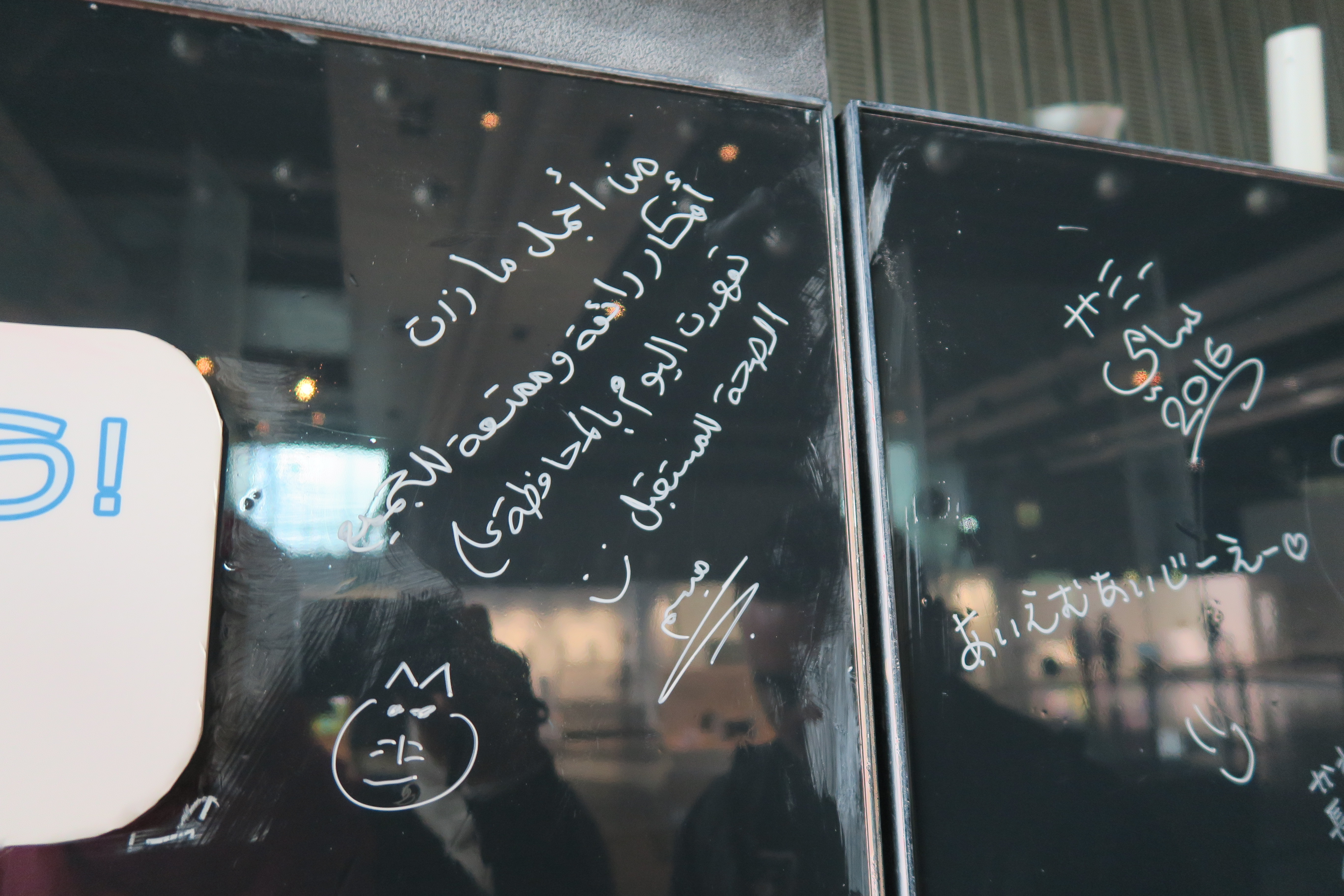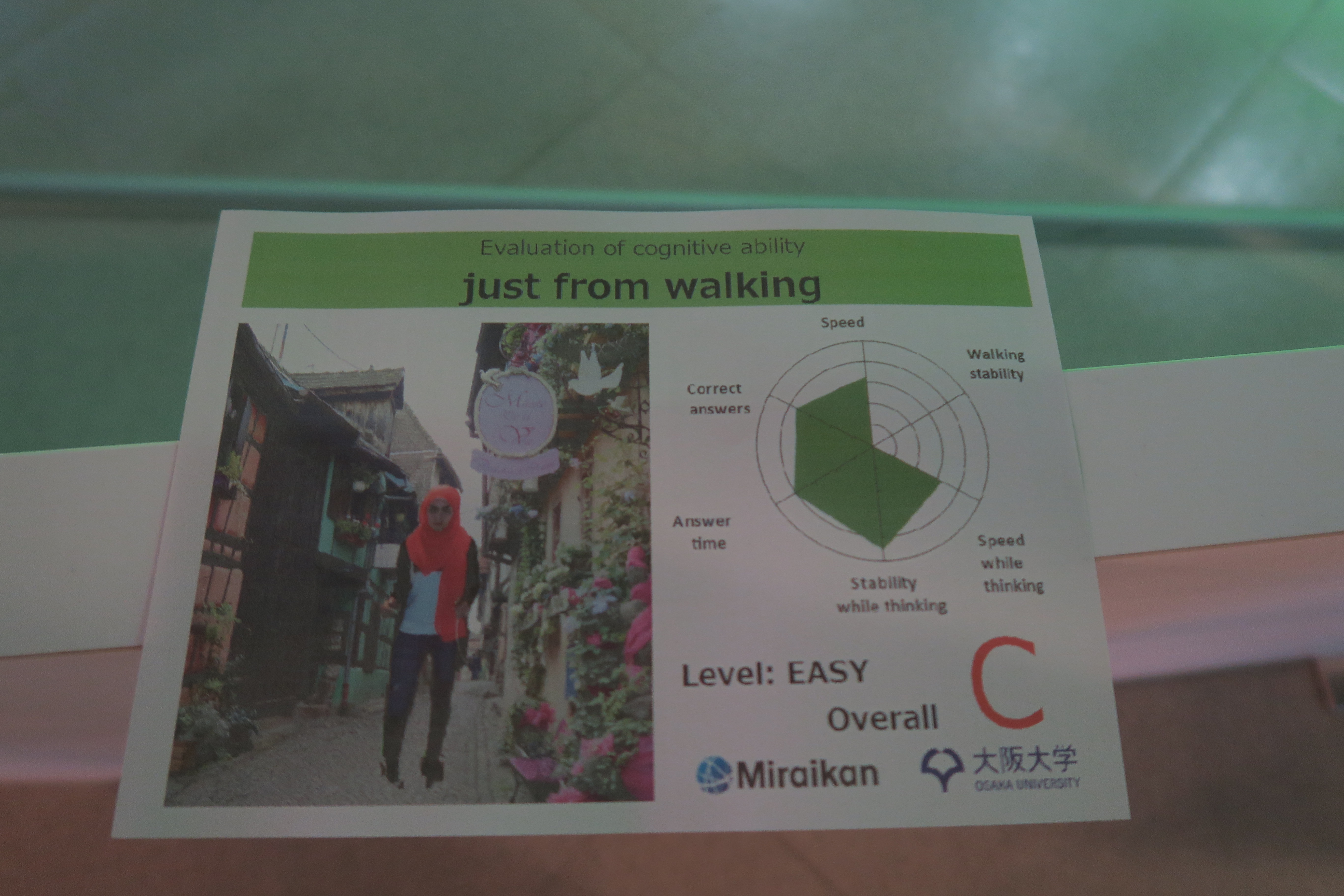يمكن تعريف التّربية باحترام على أنّها مدى وعينا بأطفالنا. فنحن ندرك ونعترف بأنّهم منفردون ومختلفون، ويمكننا تحسين هذا الوعي من خلال مراقبتهم ومنحهم المساحة الكافية ليظهروا لنا من هم وما الّذي يحتاجون إليه
تجعلنا التّربية باحترام أيضا على قدر من الوعي بأنفسنا. فنتعلّم ألّا نستعجل الاستنتاج من خلال ملاحظاتنا الحسّاسة، كالقول بأنّ أطفالنا يشعرون بالملل أو التّعب أو البرد أو الجوع، أو أنّهم يرغبون بإمساك لعبة ما يتطلّعون إليها في الغرفة. كما نتعلّم أيضا ألّا نفترض أنّ التذمّر أو الثّوران يعني أنّ أطفالنا يحتاجون إلى المساندة للجلوس أو إلى حملهم أو إلى هدهدتهم أو هزّهم ليتمكّنوا من النّوم. فندرك أنّ أطفالنا، مثلنا تماما، يملكون مشاعر أحيانا ويرغبون بمشاركتها ويقومون بالتّعبير عنها على طريقتهم الخاصّة بمساعدتنا
نتعلّم أيضا أن نفرّق بين الإشارات الّتي تصدر عن أطفالنا وبين توقّعاتنا. فنصبح على وعي أكبر بالعادات الّتي نقوم بصنعها (كأن نساند الأطفال للجلوس أو نقوم بهزّهم إلى أن يغلبهم النّوم)، تلك العادات الّتي يمكن أن تصبح احتياجات بالنّسبة لأطفالنا. فهي احتياجات تمّ خلقها افتراضيا وليست الاحتياجات الأساسية
باختصار، تقودنا التّربية باحترام إلى استخدام عقولنا إضافة إلى حواسّنا، وأن نراقب ونستمع بحرص وحذر قبل أن نتصرّف
تثبت لنا الملاحظات الدّقيقة أنّ أطفالنا هم أفراد أكفّاء يملكون أفكارا ورغبات واحتياجات خاصّة بهم، وبمجرّد أن نصل إلى هذه الحقيقة فلن تكون هناك عودة إلى الوراء. وسنتساءل بعدها، تماما كما فعلت أليسون جوبنيك، وهي إحدى علماء النّفس الّذي يتقدّمون موجة جديدة مثيرة من أبحاث دماغ الأطفال، إذ قالت “لماذا كنّا مخطئين للغاية بشأن الأطفال لفترة طويلة؟”
لم يكن المراقبون الممارسون مثل ماجدة جربر، مؤسّسة التّربية باحترام، على خطأ. فمنذ ستّين عاما، عرفت جربر وأستاذتها، طبيبة الأطفال إيمي بيكلر، أنّ بحث جوبنيك يتجلّى الآن بشكل أوضح: إذ يولد الأطفال بقدرات تعلّم هائلة ومواهب فريدة وأفكار ومشاعر عميقة. حيث رفضت كلّ من جربر وبيكلر المفهوم الّذي يقول بأنّ الأطفال أشبه بـ “كرات لطيفة” منذ سنوات، في حين قرّرتا معاملتهم كأشخاص يستحقّون احترامنا
يمكن وصف نهج التّربية باحترام لمؤسّسته جربر بأفضل طريقة على أنّه تحويل الاحترام نحو الأطفال إلى أفعال، وذلك عن طريق
أن نتواصل بصدق، فنستخدم أصواتنا الأصلية (بشكل أبطأ قليلا مع الأطفال والرّضع)، مستخدمين كلمات حقيقية لنتحدّث عن أشياء حقيقية، خاصّة تلك الأشياء الّتي تتعلّق بأطفالنا مباشرة والّتي تحدث الآن. وأن نشجّع أطفالنا على بناء مهارات التّواصل من خلال طرح الأسئلة عليهم ومنحهم الوقت الكافي للإجابة، والاعتراف دوما بطرق تواصلهم
أن ندعو الأطفال إلى المشاركة بفعالية في نشاطات الرّعاية مثل تغيير الحفّاضات والاستحمام والوجبات وتجهيزهم للنّوم، وأن نمنحهم اهتمامنا الكامل خلال هذه الأنشطة. إذ يساعد هذا الإدماج والاهتمام العميق بتعزيز علاقتنا كآباء وأمّهات بأطفالنا، ويمنح الأطفال حسّا بالأمان هم بحاجة إليه ليتمكّنوا من الانفصال والاهتمام باللّعب الموجّه ذاتيا على طرقهم الخاصّة
أن نشجّع اللّعب الموجّه ذاتيا دون إيقافه من خلال منح الأطفال، حتّى الأصغر سنّا، فرصا للّعب بحرّية، وأن نراقبهم بحذر دون الحاجة لمقاطعتهم، وأن نثق بأنّ اختيارات أطفالنا للّعب كافية، بل ومثالية
أن نسمح لأطفالنا بتطوير مهاراتهم الحركية والمعرفية بشكل طبيعي وفقا لجداولهم الزّمنية الفطرية، وذلك من خلال منحهم فرصا حرّة للّعب والحركة في بيئة غنيّة، بدلا من التّعليم والتّقييد أو التدخّل في هذه العملية الأساسية. فمهمّتنا في عملية نموّهم تكمن أساسا في الثّقة
أن نقدّر الدّافع الجوهري والتّوجيه الدّاخلي، ما يعني أن نثمّن الجهد وأن نحذر من الثّناء المفرط. فنثق بأنّ أطفالنا يعرفون أنفسهم أكثر ممّا نعرفهم نحن، وذلك لنسمح لهم باتّخاذ القرار فيما يخصّ اللّعب واختيار الأنشطة الغنيّة، بدلا من إسقاط اهتماماتنا الخاصّة على ذلك. وأن نشجّع الشّغف داخل أطفالنا وأن ندعمهم لتحقيق أحلامهم
أن نشجّع أطفالنا على التّعبير عن مشاعرهم من خلال قبولهم علانية والاعتراف بهم
أن نفهم بأنّ الأطفال يحتاجون لقادة واثقين ومتعاطفين، وإلى حدود واضحة، لكن دون إحراج أو تشتيت أو عقاب أو زاوية المشاغبين
أن نسمح للأطفال بحلّ المشاكل وتجربة الأمور والتعلّم من النّزاعات المناسبة لأعمارهم من خلال مساندتنا لهم
أن نفهم قوّة كوننا نموذجا لأطفالنا وندرك أنّهم يتعلّمون منّا من خلال كلّ كلمة وفعل عن الحبّ والعلاقات والتّعاطف والكرم والامتنان والصّبر والتّسامح واللّطف والصّراحة والاحترام. والأهمّ من ذلك أن ندرك أنّهم يتعلّمون عن أنفسهم وعن قدراتهم وعن قيمتهم وعن مكانتهم في قلوبنا وفي العالم


